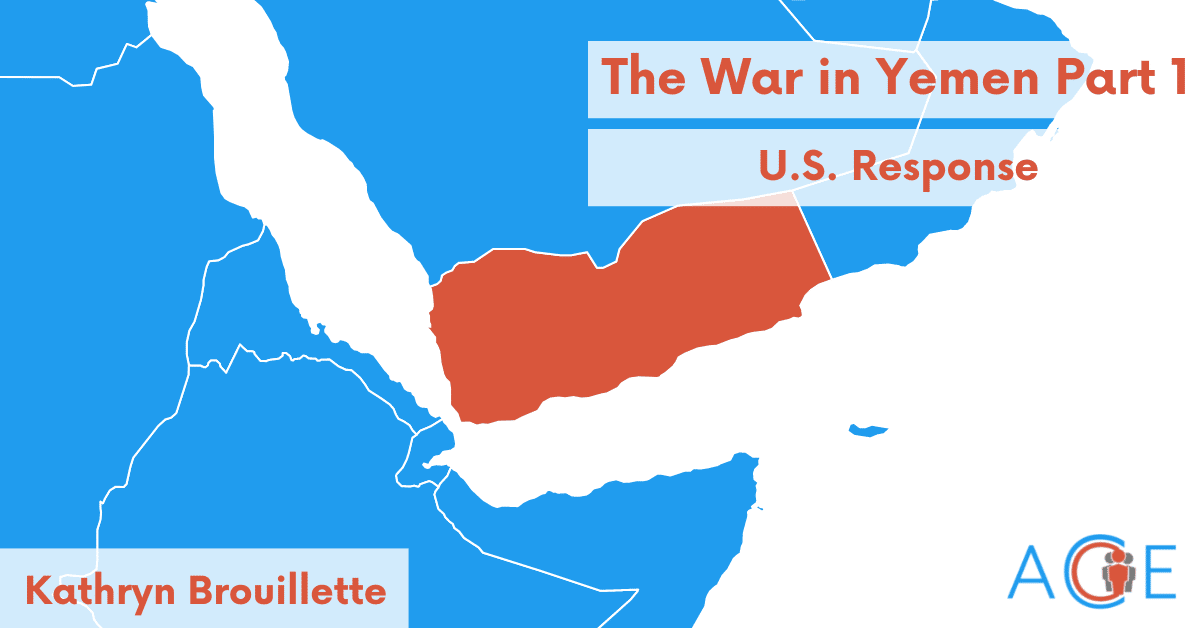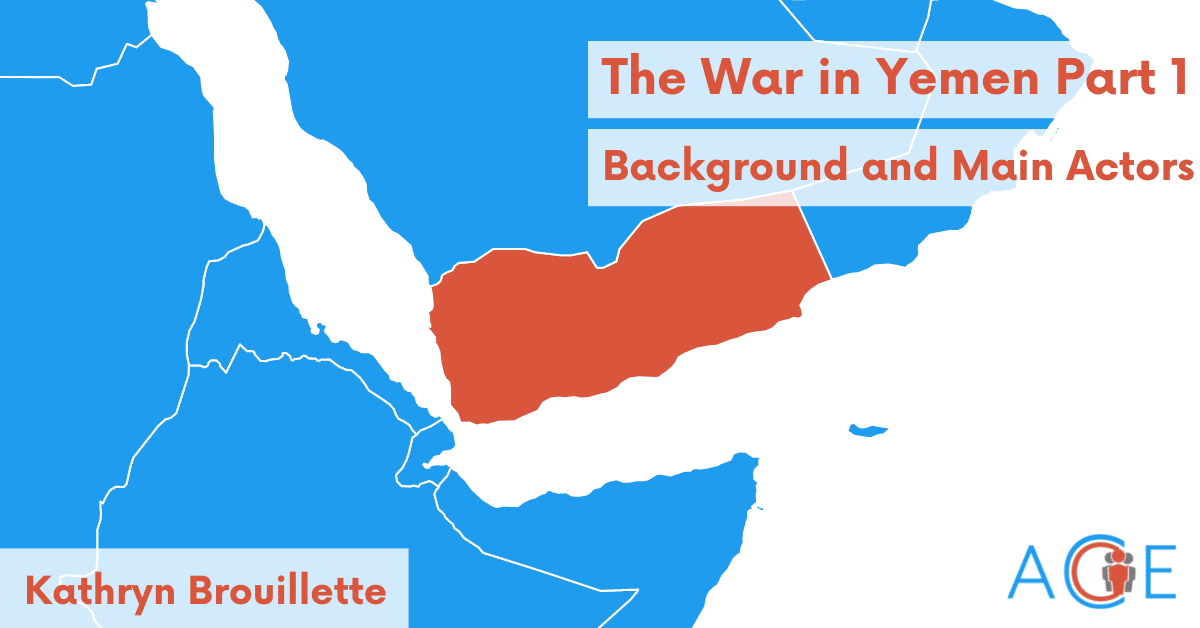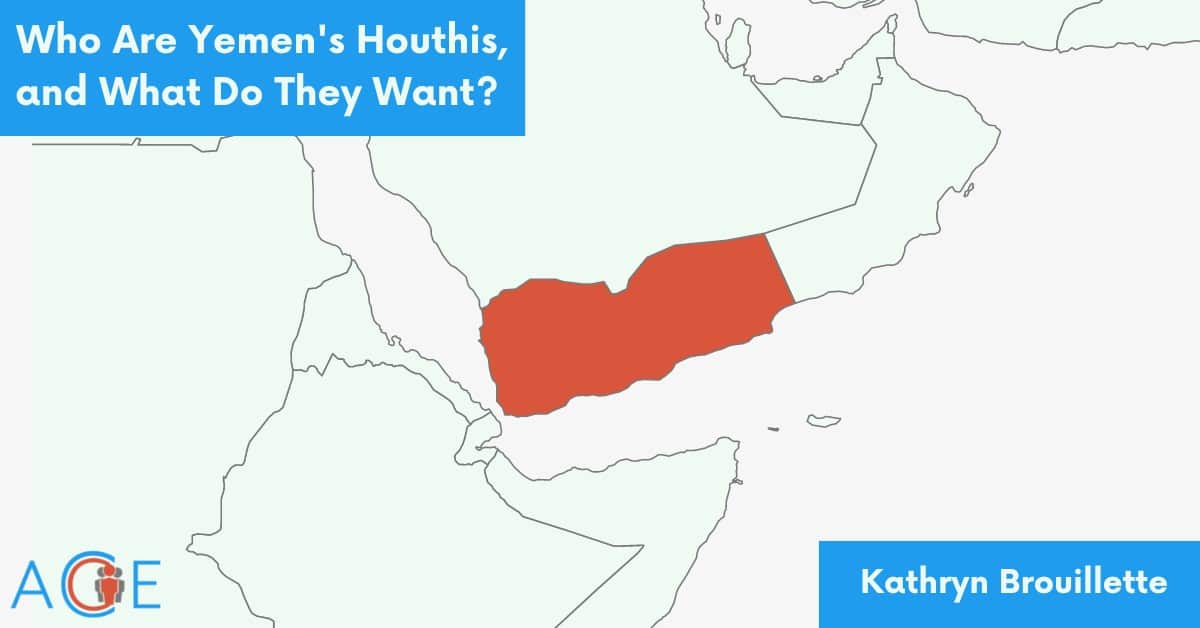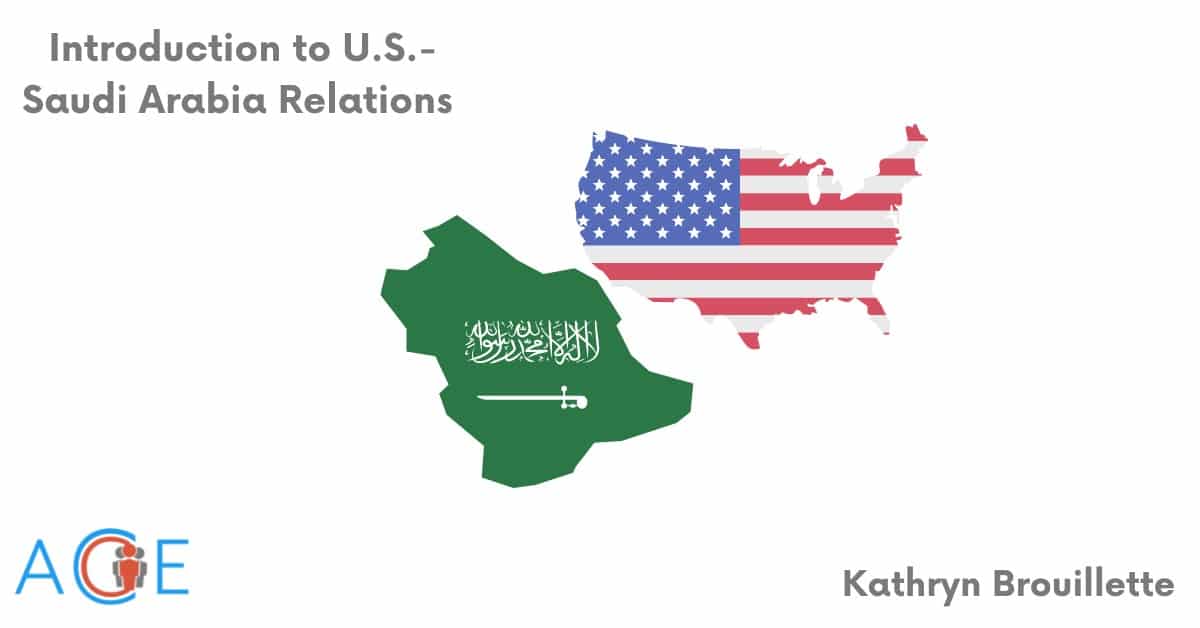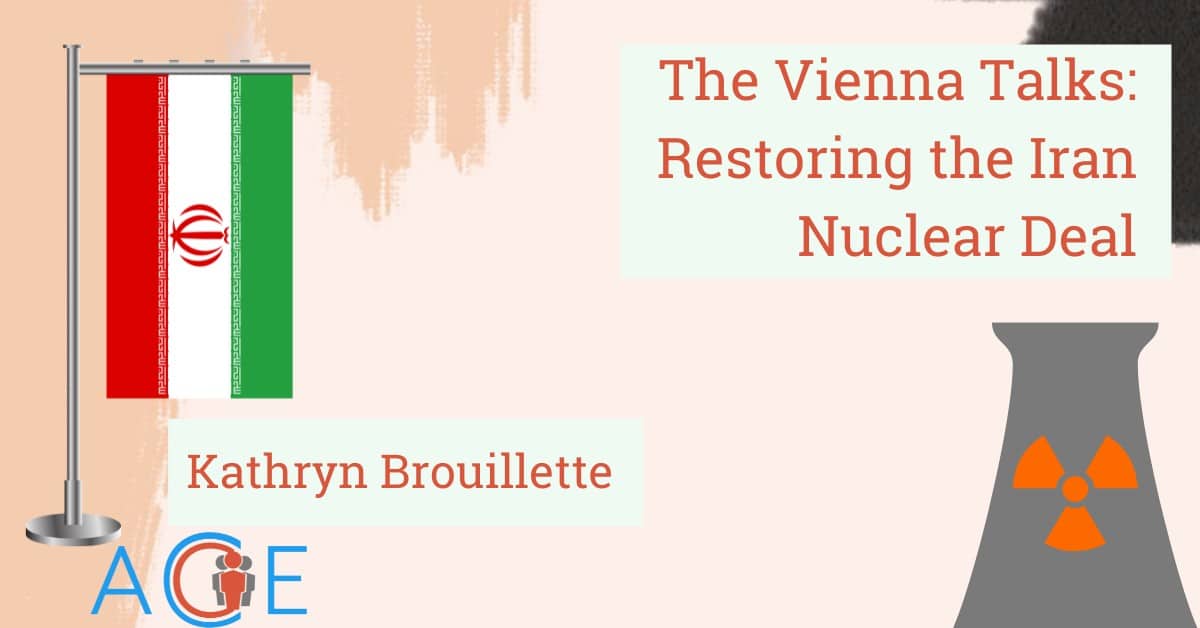U.S. Response
U.S. involvement in Yemen is multifaceted. Primarily, Washington has been engaged in counterterrorism efforts in Yemen since the early 2000s, fighting AQAP, the Islamic State, and affiliate groups. Since 2002, the U.S. has launched nearly 400 air strikes associated with counterterrorism efforts in Yemen. Policymakers fear that the instability in Yemen will embolden transnational terrorist groups and thus are interested in supporting a government that will cooperate with U.S. counterterrorism efforts.
Regarding the conflict between the Houthis and the Saudi-led coalition, Washington’s support for the coalition is tied to the U.S.-Saudi strategic partnership and concerns that the war threatens Saudi Arabia’s position vis-a-vis Iran. Additionally, the U.S. is interested in maintaining access to the Bab al Mandeb strait through which many of the world’s oil shipments pass.
Both the Obama and Trump administrations provided logistical and intelligence support–weapons, military advice, and a coordinated planning cell–to the Saudi-led coalition. Both presidents scaled down support for the coalition as the humanitarian situation in Yemen worsened and human rights groups alleged the Saudi-led coalition of indiscriminately bombing civilians and critical infrastructure.
In February 2021, President Joe Biden introduced a new initiative to end the conflict in Yemen, signaling a renewed focus on advancing diplomatic efforts and resolving the humanitarian crisis. The plan included ending U.S support for Saudi-led offensive operations in Yemen and appointing a special envoy for Yemen, career diplomat Timothy Lenderking. A week later, the State Department revoked the Trump administration’s designation of the Houthis as a Foreign Terrorist Organization (FTO). However, the Biden administration has sanctioned some Houthi leaders under Yemen-specific authorities. Despite his decision to end U.S. support for the Saudi-led coalition, President Biden reiterated the United States’ commitment to helping Saudi Arabia defend itself from Houthi attacks.
A small number of U.S. military personnel are stationed in Yemen to conduct operations against AQAP and the Islamic State. Amidst Houthi attacks on Saudi Arabia and the UAE, the Biden administration authorized additional deployments of U.S. military personnel and equipment to the UAE in February 2022.
Perspectives on Washington’s Yemen Policy
Although Congress has been divided on Washington’s Yemen policy since 2015, many lawmakers supported Biden’s Yemen plan due to increasing concerns that U.S. support to the Saudi-led coalition has enabled alleged violations of international humanitarian law and contributed to Yemen’s humanitarian crisis. However, some lawmakers and human rights organizations find Biden’s distinction between weapons systems used for offensive operations in Yemen and arms supplied for Saudi Arabia’s territorial defense vague. Some assert that the U.S. still enables coalition air strikes by providing spare parts and maintenance for the Saudi air force. This concern was echoed by 50 members of Congress who proposed a bipartisan War Powers Resolution in June 2022 to end U.S. involvement in the war entirely. The House has adopted the provision for three consecutive years, but the legislation has not been enacted.
Additionally, lawmakers and aid organizations supported the Biden administration’s reversal of the FTO designation. Many claimed that the FTO designation of the Houthis prevented the delivery of crucial humanitarian aid. However, critics of revoking the FTO designation claim that the decision fails to incentivize the Houthis to end attacks on coalition targets, halt advances, or participate in peace talks.
Recent Developments
On April 1, 2022, the Houthis and the internationally recognized government in Yemen agreed to a two-month UN-mediated truce, which the parties renewed in June for an additional two months. The parties agreed to halt all military operations, open ports to fuel ships, and allow flights to and from the Houthi-controlled Sanaa airport. Shortly after the parties reached an agreement, interim President Hadi stepped down and ceded his powers to an eight-member presidential council. According to some reports, Saudi officials arranged Hadi’s resignation. In August 2022, the parties agreed to renew the truce for another two months, although significant barriers to lasting peace remain.
.
Additional Policy Considerations
Washington’s current priority in Yemen is to use the leverage from the current truce to advance a more permanent political settlement and improve the humanitarian situation in Yemen. Several experts and members of Congress have suggested that the Biden administration propose a plan to Saudi Arabia to further ease port restrictions at Hodeida or lift the air and naval blockade altogether. The current blockade prevents some delivery of fuel and supplies to the Houthi-controlled Hodeida port, which threatens the delivery of aid, food, and water to Yemenis in areas under the Sanaa-based authorities’ control. Although the current truce has allowed more fuel ships to enter the port and opened flights from the Sanaa airport, President Biden’s Yemen team could push the Saudis to expand upon the current agreement.
Some analysts are skeptical of lifting the blockade, which the Houthis have historically identified as a prerequisite for peace talks. Some believe such action will allow Iranian weapons to reach the Houthis and provide them with more funds and aid, which the Houthis have withheld or diverted in the past. If the truce breaks down and hostilities continue, some fear that Ansar Allah could use newly acquired resources from port revenues to fund their offensive further. However, a United Nations Verification and Inspection Mechanism (UNVIM), which inspects imports for illicit weapons, is already in place; the Saudi and Yemeni government-enforced vessel clearance process is a secondary measure. A possible solution to the anti-Houthi camps’ fears about port revenues is to allow the UNVIM to manage and direct port revenues while the parties negotiate a broader political settlement.
